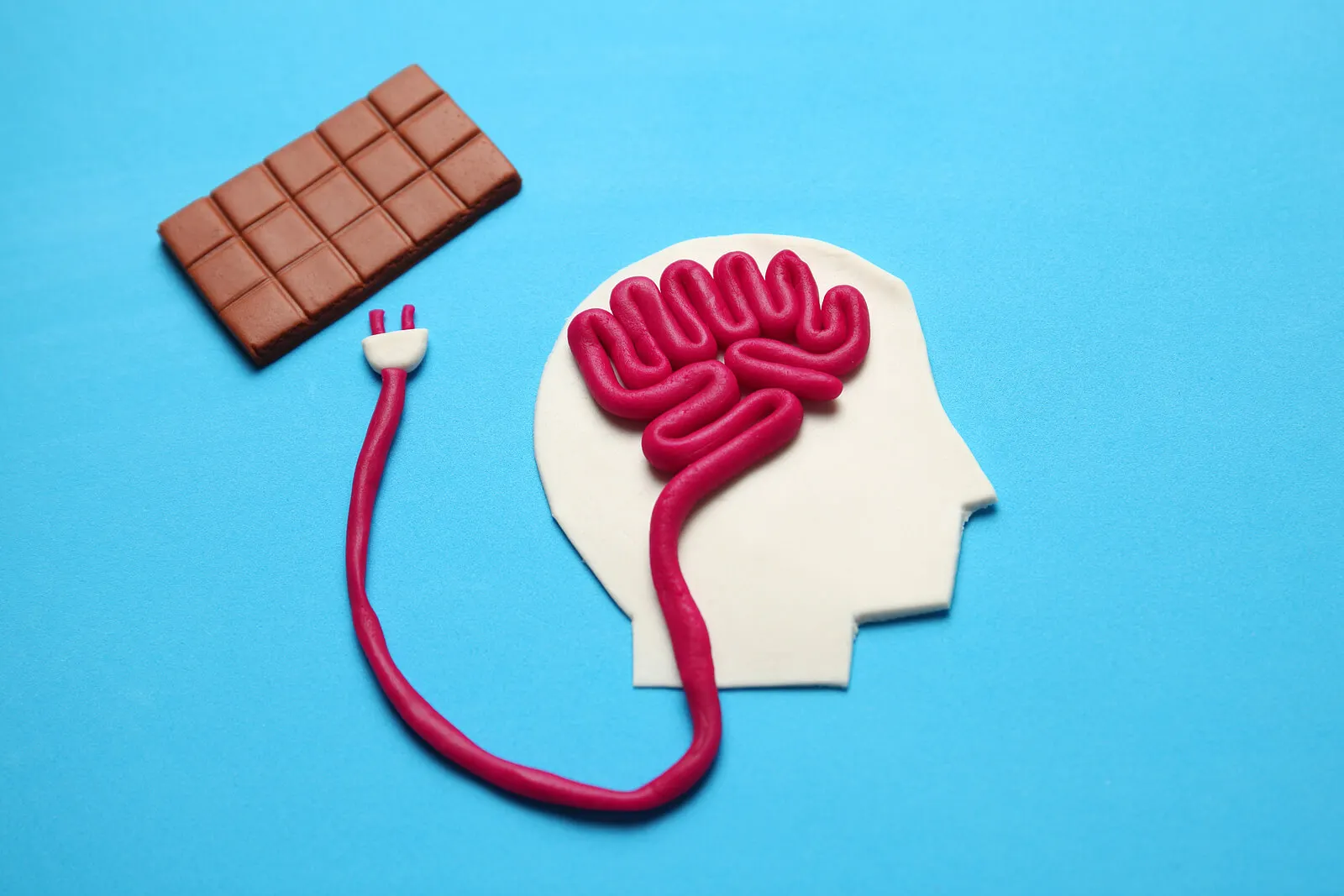Ghrelin Functions and Mechanism of Action

Ghrelin functions as a hormone that’s mainly synthesized in the walls of the stomach. It’s also made in small amounts in the intestinal tissue, pituitary gland, placenta, and pancreas.
The main function of this hormone is to inform the brain that the body must feed. In other words, it regulates satiety. Hence, it’s also known as “the hunger hormone.”
The level of ghrelin increases before eating and decreases after food intake. Its activity is closely related to obesity and the accumulation of body fat, especially in the abdominal area.
Ghrelin is an unstable organic molecule. It was discovered in 1999 by endocrinologist Masayasu Kojima and his team. The name ghrelin arose from the union between the particle GRHE, which refers to growth hormone (GH), and “LIN”, a suffix that is commonly added to the names of hormones.

Ghrelin functions
The main function of ghrelin is to regulate food intake and increase body weight. This function is called the “orexigenic effect”. However, this is not the only job it performs.
Its other great function is to stimulate the secretion of growth hormone (GH) by the pituitary. Likewise, ghrelin also regulates energy metabolism.
Ghrelin given to rodents has been shown to increase their appetite in the laboratory. This, in turn, affects the increase in body weight and deposit of fat in the body. In fact, scientists discovered that this hormone promotes the accumulation of lipids in abdominal fat.
On the other hand, ghrelin also behaves as a vasoactive agent in blood pressure homeostasis. This means that it influences the contraction or dilation of blood vessels to achieve a balance in blood pressure. In the same way, it exerts a cardioprotective effect and a neuronal effect.
Read: Nutrients and Exercises to Maintain a Healthy, Clean, and Strong Liver
The mechanism of action of ghrelin

Ghrelin is secreted when there is no food in the stomach. Then, it goes into the bloodstream and crosses the blood-brain barrier – that is, it enters the brain. Finally, it reaches the hypothalamus and activates the signals that indicate that food should be eaten.
Overall, several factors increase ghrelin production in addition to lack of food intake. These are as follows:
- Lack of sleep: When you haven’t slept for a long time, there’s an increased secretion of this hormone. The body tends to compensate for lack of sleep with increased food intake.
- Stress: Ghrelin often acts in association with other hormones, such as cortisol, the so-called “stress hormone.” When your body is under stress, you may feel an increased appetite.
- Sedentary lifestyle: Lack of exercise also causes your levels of this hormone to increase.
- Menopause: With the decrease in estrogen and progesterone during this time, there’s greater stress and less control in food intake due to the increase in the levels of this hormone.
- Age: If a physical exercise routine is maintained, your ghrelin level remains stable. Otherwise, it tends to increase over time with age.
- Gender: Research indicates that the level of this hormone tends to increase more in women.
Ghrelin occurs in low amounts in people with massive obesity, hypogonadism, acromegaly, and aging. Instead, it occurs at high levels in those with anorexia, malnutrition, and cachexia.
You’ll definitely like this article: 8 Healthy Foods that are Trending in 2021
Aspects to consider

This hormone has been shown to act on various structures of the central nervous system such as the amygdala, hippocampus, and dorsal nucleus of the raphe. All these areas are related to food intake, but also anxiety and memory. In fact, there’s even evidence that high levels of this hormone improve memory.
Currently, multiple investigations are being carried out on ghrelin. Before its discovery, advances in the study of obesity were very limited. With the discovery and advances in the understanding of ghrelin, a wide horizon has opened to treat morbid obesity, a disease that causes thousands of deaths worldwide.
The pharmaceutical industries are bent on developing a ghrelin receptor antagonist. The most promising of the studies is the immunization of the body against ghrelin. A vaccine has been tested in Switzerland since 2005, but so far it has not been fully effective.
All cited sources were thoroughly reviewed by our team to ensure their quality, reliability, currency, and validity. The bibliography of this article was considered reliable and of academic or scientific accuracy.
- Müller, T. D., Nogueiras, R., Andermann, M. L., Andrews, Z. B., Anker, S. D., Argente, J., … Tschöp, M. H. (2015). Ghrelin. Molecular Metabolism. https://doi.org/10.1016/j.molmet.2015.03.005
- Kojima, M., Kangawa, K., Introduction, I., Receptor, I., Purification, A., Ghrelin, D., … Diseases, A. (2005). Ghrelin : Structure and Function. Physiological Reviews. https://doi.org/10.1152/physrev.00012.2004.
- Kojima, M., & Kangawa, K. (2008). Structure and function of Ghrelin. Results and Problems in Cell Differentiation. https://doi.org/10.1007/400_2007_049
- Castañeda, T. R., Tong, J., Datta, R., Culler, M., & Tschöp, M. H. (2010). Ghrelin in the regulation of body weight and metabolism. Frontiers in Neuroendocrinology. https://doi.org/10.1016/j.yfrne.2009.10.008
This text is provided for informational purposes only and does not replace consultation with a professional. If in doubt, consult your specialist.








